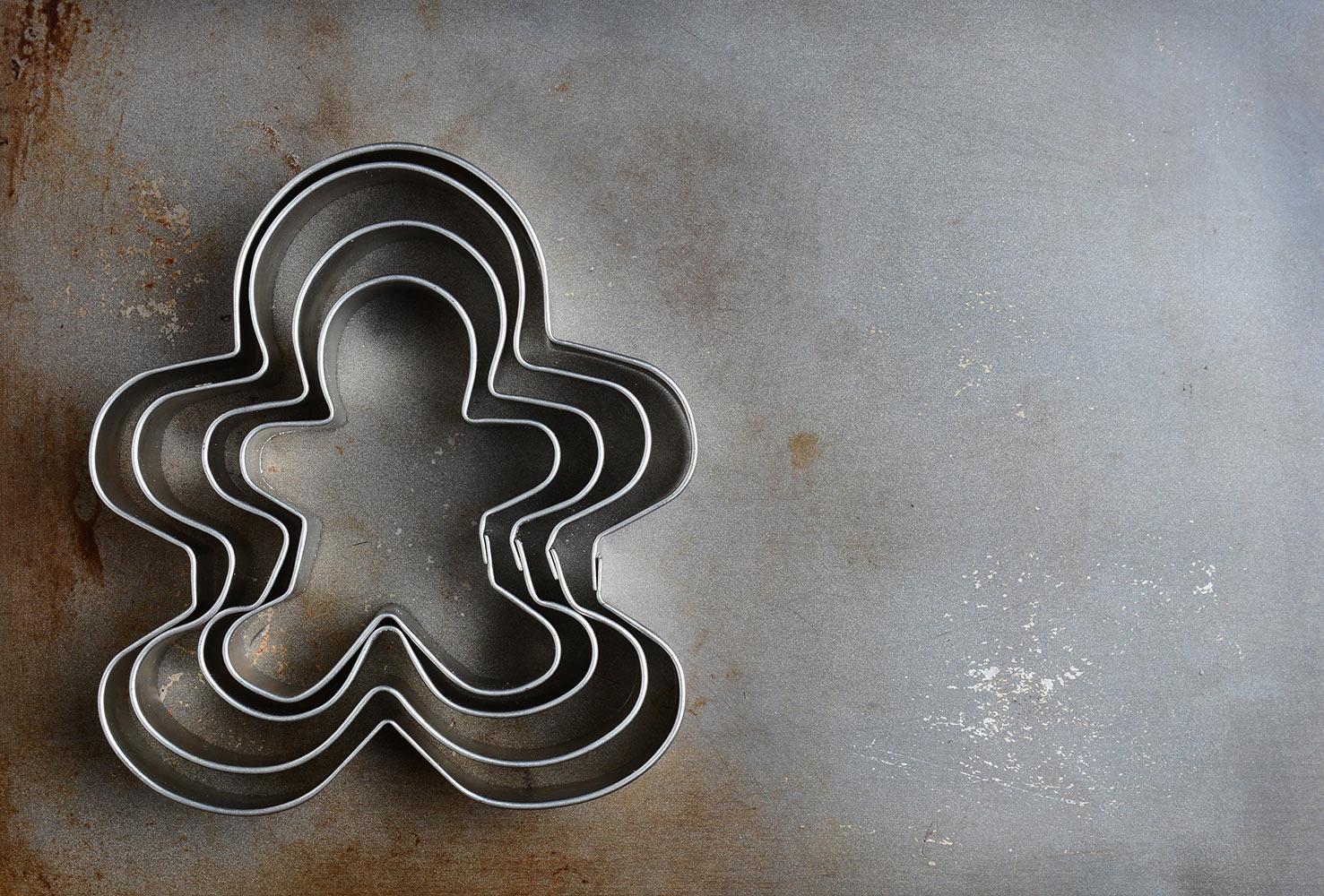
Rococo, Neo-Classicism, Romanticism
Units 20, 21, 22
18th Century Art
The eighteenth century in Europe is often called a time of Enlightenment. The ideas of the Enlightenment prepared the way for the rapid "progress" of the following century. In the various branches of the arts, new ideas were developing, interacting with each other, and shaping the culture and artistic heritage of Europe.
Rococo
Neo-Classicism
Romanticism
An art movement and style that flourished in the early nineteenth century. It emphasized the emotions painted in a bold, dramatic manner. Romantic artists rejected the cool reasoning of classicism — the established art of the times — to paint pictures of nature in its untamed state, or other exotic settings filled with dramatic action, often with an emphasis on the past. Classicism was nostalgic too, but Romantics were more emotional, usually melancholic, even melodramatically tragic.
- Paintings by members of the French Romantic school include those by Théodore Géricault (French, 1791-1824) and Eugène Delacroix (French, 1798-1863), filled with rich color, energetic brushwork, and dramatic and emotive subject matter.
- In England the Romantic tradition began with Henry Fuseli (Swiss-English, 1741-1825) and William Blake (1757-1827), and culminated with Joseph M. W. Turner (1775-1851) and John Constable (1776-1837).
- The German landscape painter Caspar David Friedrich (1774-1840) produced images of solitary figures placed in lonely settings amidst ruins, cemetaries, frozen, watery, or rocky wastes.
- And in Spain, Francisco Goya (1746-1828) depicted the horrors of war along with aristocratic portraits.
This Week - Calendar on Blackboard
Important Dates
- Reading Guide Chapter 28 due Friday, March 21
- Themes Across Art History: 10 entries due Friday, March 21
- No quiz this week. Our next quiz will be Wednesday, March 26 on Units 20, 21, 22.
- There will also be a Cue Card Turn in Friday, March 28





